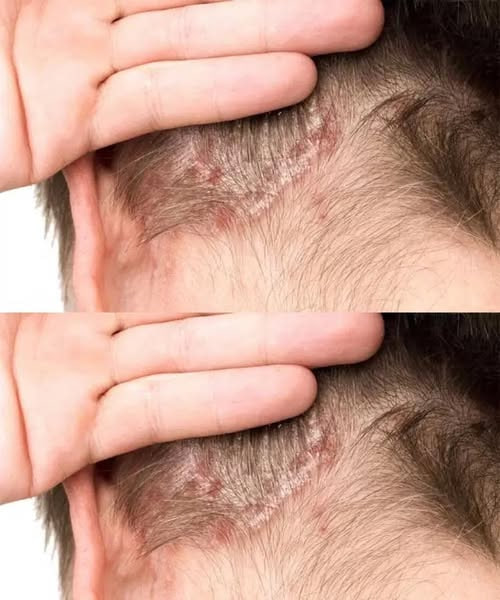
Discovering an unfamiliar bump or irritated patch on your child’s scalp can be unsettling, especially when a doctor’s appointment isn’t immediately available. Parents naturally want clear, reliable information to help them monitor symptoms and keep their child comfortable, even while waiting for professional guidance. This brief overview offers educational insight into common scalp issues and explains why different conditions—such as psoriasis vulgaris—can sometimes look alike.
The scalp is a sensitive area filled with hair follicles and oil glands, which means irritation can arise from dryness, product buildup, sweat, friction, or natural skin tendencies. Many conditions share similar signs, including flakes, redness, bumps, and itchiness, which makes it difficult to distinguish one from another at home.
Common childhood scalp concerns include seborrheic dermatitis, folliculitis, pilar cysts, and psoriasis. Each has its own pattern: dandruff-like flakes, tender bumps, smooth cysts, or thicker, well-defined patches with layered scale. Observing when symptoms appear—after sports, product changes, or cold weather—can offer helpful clues.
While awaiting medical evaluation, gentle strategies like light moisturizers, soft brushing, and avoiding harsh shampoos may provide comfort. Documenting symptoms, taking photos, and noting possible triggers can also help healthcare providers make a clearer assessment once an appointment becomes available.